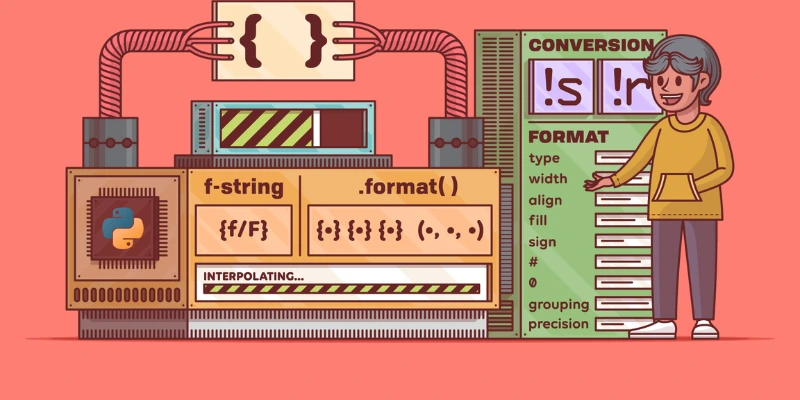Working with text is one of the most essential skills in programming, and Python provides a rich set of tools that make it both straightforward and highly flexible. From building user interfaces to processing data and generating reports, text handling plays a role in almost every application. For learners aiming to strengthen their skills, exploring these concepts under guidance similar to the approach followed in Python Course in Bangalore can help you understand not only the “how” but also the “why” behind effective text manipulation.
Why String Manipulation Matters in Python
Text data forms the backbone of countless systems, from simple scripts that log user activity to large-scale web applications handling millions of messages daily. In Python, strings are more than just sequences of characters; they are versatile objects with built-in methods to search, replace, format, and analyze content. Learning these capabilities means you can write cleaner code, reduce unnecessary complexity, and ensure your applications handle text data efficiently.
Understanding String Basics
At its core, a string is a collection of characters enclosed in quotes. In Python, you can create them easily and combine them in powerful ways. Mastering the basics, like joining strings together or separating them based on specific conditions, builds the foundation for more advanced formatting techniques. Once you understand how strings behave in memory and how Python optimizes them internally, you’ll find it easier to manage larger and extra complex text datasets.
Formatting Text for Clarity
Formatting is not just about making text look good; it’s about presenting data in a way that is readable, professional, and suited to its purpose. Python offers multiple approaches to formatting, from simple placeholders to advanced specifications for alignment, spacing, and precision. As we’ll cover in this guide, learners in Python Course in Hyderabad often find that mastering formatting skills is essential for generating reports, preparing logs, and displaying data to users in a clear, structured way.
String Manipulation in Real Applications
In practical use, string manipulation can range from cleaning up messy input data to preparing detailed summaries for dashboards. You might need to remove extra spaces, adjust capitalization, or replace specific terms. These operations not only improve data quality but also ensure consistency across different parts of a system. For example, a customer’s name should appear the same way in every email, receipt, and database entry string handling techniques make that possible.
Optimizing for Performance
As datasets grow, performance becomes a key consideration. Inefficient string handling can slow down applications, especially when processing large text files or handling numerous requests per second. Python’s built-in methods and specialized libraries allow you to work with text efficiently, reducing the time and memory required for processing. This optimization can make the difference between a sluggish application and one that responds instantly, even under heavy load.
Combining String Handling with Other Python Skills
String manipulation rarely exists in isolation. It often works alongside other programming skills such as file handling, regular expressions, and data analysis. By combining these skills, you can build more dynamic and responsive applications. In professional environments, the ability to merge these concepts seamlessly is what makes a developer truly stand out.
Challenges Beginners Face with String Handling
New learners often underestimate the complexity of text data. Different languages, character encodings, and formatting styles can introduce unexpected issues. Understanding Unicode, handling special characters, and working with various data sources are challenges that can trip up beginners. Addressing these early in your learning journey helps prevent costly errors later in real-world projects.
Moving Towards Advanced Techniques
Once you have mastered the basics, you can explore advanced text-handling strategies like pattern matching, template generation, and natural language processing. These techniques allow you to move beyond simple formatting and build intelligent systems that can analyze and respond to textual input. This shift from basic manipulation to smart automation is what transforms a beginner into a capable Python developer. Mastering text formatting and string manipulation in Python isn’t just about writing code, it’s about crafting solutions that communicate clearly and perform efficiently. The more you practice, the more intuitive these skills become, allowing you to handle any kind of text data with confidence.



